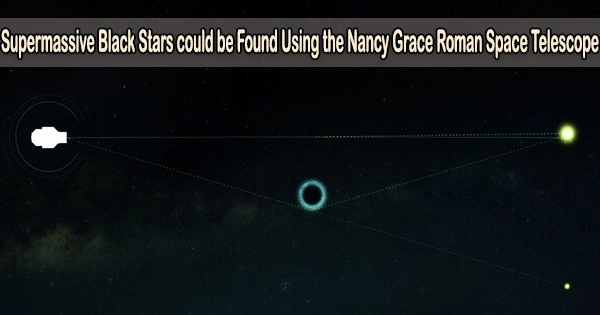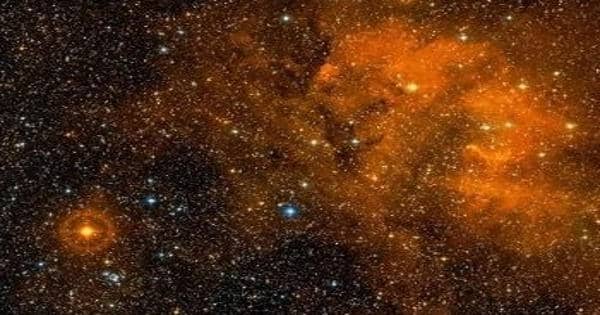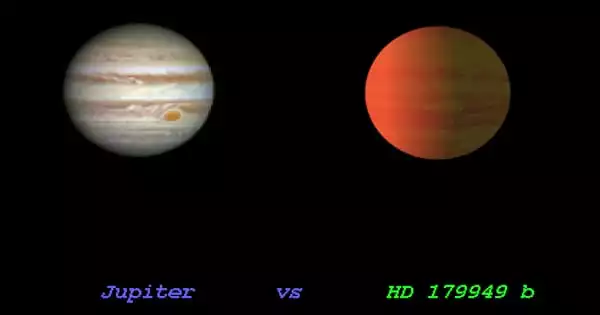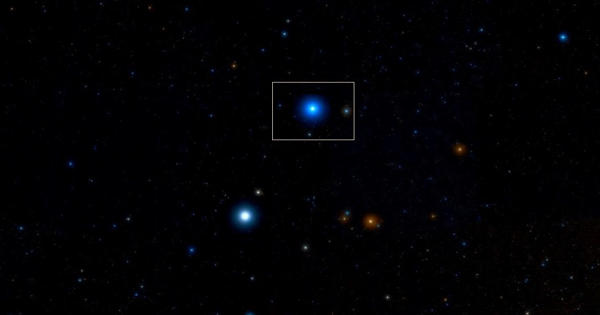The universe’s early stars were substantially dissimilar from the stars we see now. They lacked heavier elements that would have helped them produce energy in their cores because they were formed entirely of hydrogen and helium.
Since they were hundreds of times more massive than the sun, they were probably very large. It’s possible that some of the first stars were more stranger. Dark matter may have fueled unusual celestial objects known as dark stars when it was more concentrated than it is now in the early cosmos.
Dark matter clumps in the early cosmos may have drawn clouds of hydrogen and helium around them because dark matter and ordinary stuff behave similarly under gravity. Dark matter at its core may have produced energy as this matter fell apart under the weight of itself.
According to some dark matter theories, the particles can annihilate to create neutrinos and gamma rays. The cloud would be kept from collapsing by these high-energy particles, much to how nuclear fusion keeps a typical star alive.
With a diameter tens of thousands, perhaps even hundreds of thousands of times wider than the sun, these dark stars would have been enormous. However, they would have been dull and not very dense. They would have been too faint and far away for modern telescopes to pick them up, if they even existed. However, the WFIRST-formerly-named Nancy Grace Roman space telescope may have the capability to locate them.
The Roman telescope is scheduled to be launched in May 2027. It will be a large-field infrared telescope, making it ideal for observing the far-off, dark edge of the cosmos. Roman might be able to observe supermassive black stars with masses bigger than 100,000 suns, according to a recent research posted on the arXiv pre-print service. But dark stars on this scale weren’t likely common.
A better estimate is that dark stars were around 10,000 solar masses. Roman might be able to see a dark star of that mass by gravitational lensing, but the scientists suggest a more effective approach that combines Roman data with those from the James Webb Space Telescope.
Roman will be used to find potential dark star candidates with the knowledge that photometric observations will not be able to discriminate between dark stars and small, newly formed galaxies. Dark stars should emit a helium emission line known as 1640, which Webb can detect, which is one characteristic that sets galaxies apart from them.
Roman is better suited for finding candidates, and Webb can confirm them. It’s an excellent example of how the strengths of different telescopes can complement each other.
Astronomers may be able to better grasp supermassive black holes, a separate cosmological riddle, if this strategy is successful in the coming ten years. Although we still don’t know how such large black holes could have formed so swiftly in the early universe, one theory is that these dark stars may have served as their seeds.
These stars may have collapsed swiftly enough to create a huge black hole, which might later develop into a supermassive black hole, once their dark matter cores stopped producing energy.
We could learn much from the dim light of a dark star.
















